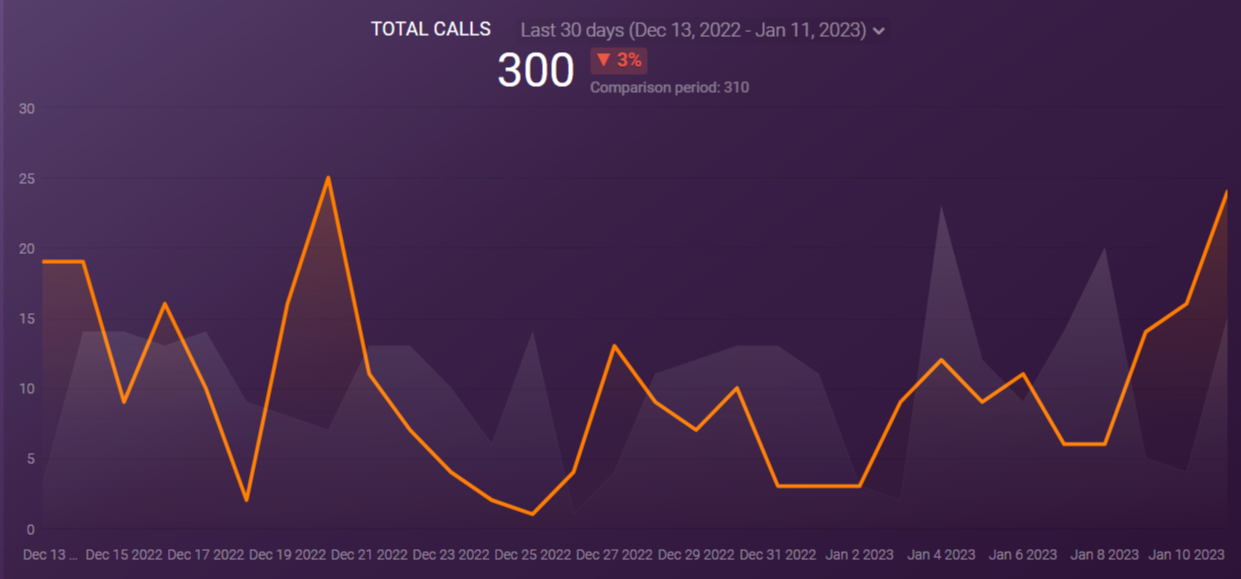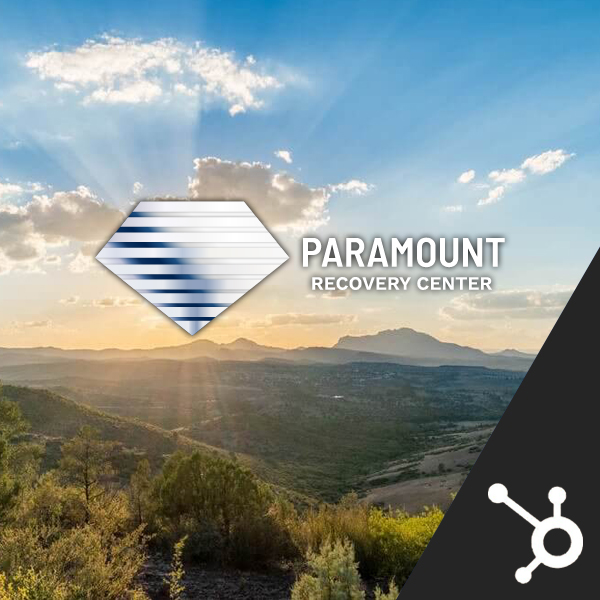Peer Recognition
Award Winning Agency
Our growth-driven design, development expertise, and results-oriented marketing rank us at the top of our industry.

Netty Awards Best Small Agency
2025
The Netty Awards recognize top leaders and companies across select categories. Winners include global agencies, Fortune 500 companies, and emerging disruptors from 41 countries.

Netty Award Boutique Agency of the Year
2023
The Netty Awards celebrate achievements in the digital landscape, honoring top companies and leaders across more than 100 distinct categories.

Internet Marketing Association Impact Award
2017
California Closets engaged industry leaders McCann and Meticulosity to create a new website that was awarded an IMPACT award.

.png)









